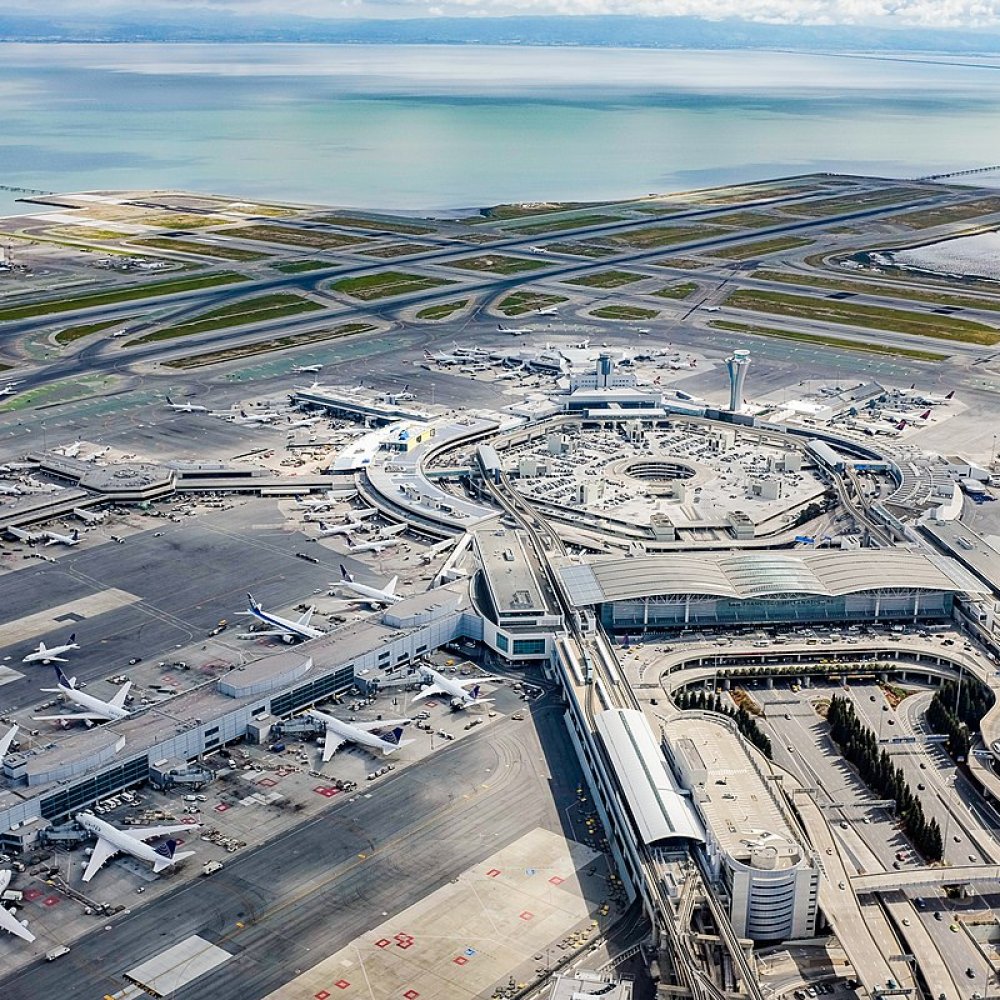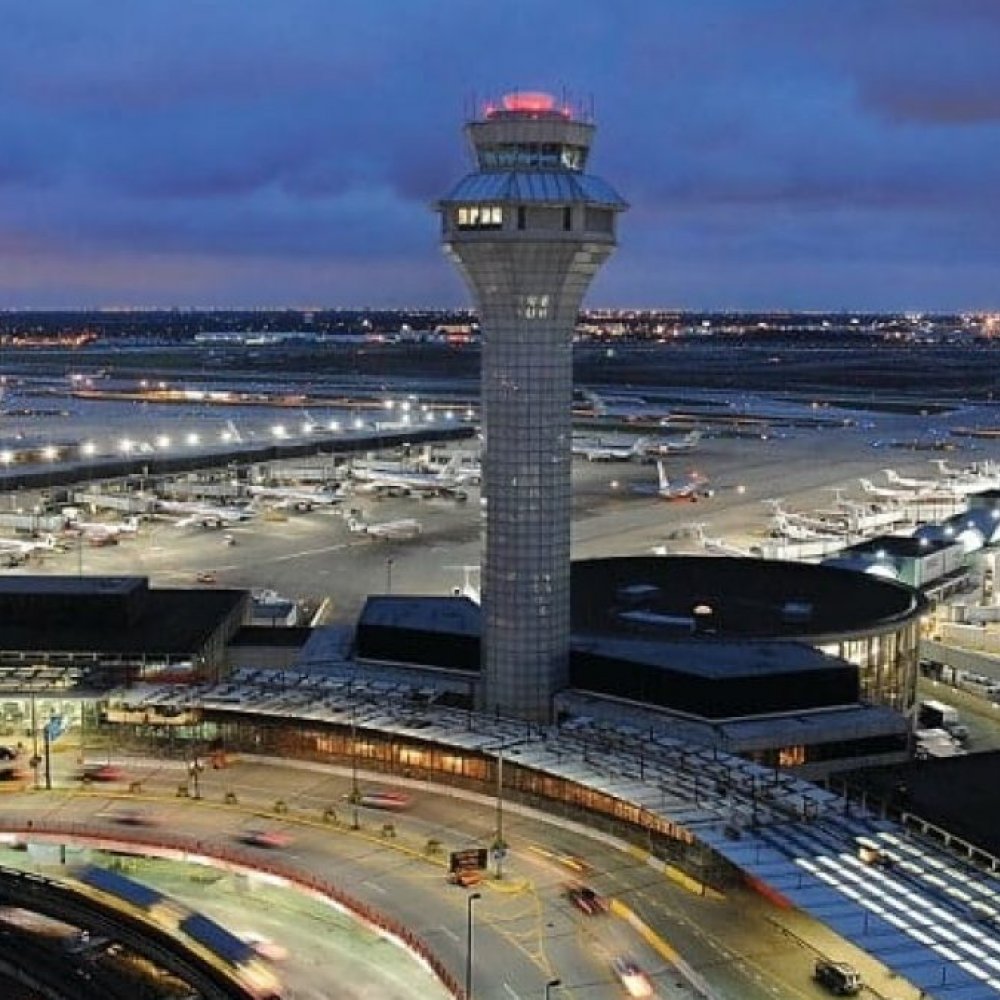You’re scrolling through your phone, boarding pass downloaded, bags almost packed, and the excitement of your trip bubbling up. The clock ticks louder, the air tingles with anticipation. Suddenly, a question buzzes in your mind: How do I actually get to Miami Airport, FL, US without the stress? Whether it’s dawn or dusk, rain or shine, figuring out your airport transfer is a vital puzzle piece to a smooth trip. Imagine the utopia of arriving right on time, luggage in hand, no unplanned detours, and a swift, comfortable ride. I remember last winter landing at Miami after a long-haul flight, disoriented yet eager to find my way home without a hitch. That’s why planning how to get to Miami Airport, FL, US isn’t just a task; it’s an adventure in itself, ready to be tailored to your style, budget, and timeline. From taxis and rideshares to trains and buses, the city offers a spectrum of options, each with its own rhythm, cost, and quirks. But how do you pick the right one? Read on to dive into every detail you need, powering your confidence to handle your journey like a seasoned traveller.

Why Plan Your Airport Transfer?
Planning your trip to Miami Airport, FL, US ahead of time isn’t just about saving money—it’s about saving your sanity. The Miami metropolitan area stretches wide, with traffic patterns that can baffle even frequent commuters. Without a plan, you risk missing flights or sitting in expensive gridlock during rush hours. Personally, I once hopped into an unplanned taxi during peak hour, turning a 20-minute ride into an hour-long odyssey across crowded highways. Avoiding that headache means understanding your options early.
Additionally, pre-planning helps you choose the best mode for your needs. Are you travelling light and eco-conscious, or do you have bulky luggage? Are you budget-conscious or comfortable splurging for convenience? Miami’s tropical climate also means sudden thunderstorms can impact travel times, so building in extra time or opting for reliable options is wise. Most importantly, the peace of mind that comes from a well-structured plan can turn airport travel—from chaos to calm—setting the right tone for your entire journey.
By knowing how to get to Miami Airport, FL, US before you step outside, you harness control over your travel narrative, reducing stress and enriching your overall experience.
Price & Time Grid: Your Options at a Glance
| Transport Mode | Single Fare (USD) | Return Fare (USD) | Journey Time | First Service | Last Service | Night Surcharge |
|---|---|---|---|---|---|---|
| Taxi | 30–40 | N/A | 20–40 mins | 24/7 | 24/7 | Yes, 20% (11pm–5am) |
| Rideshare | 25–35 | N/A | 20–35 mins | 24/7 | 24/7 | Varies by demand |
| Rail (Metrorail + Shuttle) | 2.25 | 4.50 | 35–45 mins | 5:00 AM | 12:30 AM | No |
| Express Bus (Route 297, Airport Flyer) | 2.65 | 5.30 | 40–50 mins | 4:30 AM | 11:30 PM | No |
| Local Bus (Regular Routes) | 2.25 | 4.50 | 60+ mins | 5:00 AM | 12:30 AM | No |
Comparing your options reveals a clear trade-off between speed, comfort, and cost. Taxi and rideshare services offer door-to-door convenience but come with variable pricing, especially during peak hours and late nights. Miami’s Metrorail combined with an airport shuttle provides a budget-friendly and eco-wise choice, though it takes a little longer. The express and local buses present affordable yet slower alternatives, best suited for travellers with lighter luggage and more flexible schedules. By planning around this grid, you can tailor your journey according to your priorities.
Step-by-Step Guide for Each Mode
Taxi
- Step outside your accommodation or call a reputable local taxi company ahead.
- Confirm your destination as Miami Airport, FL, US, specifying your terminal if possible.
- Ensure the meter is running or agree on a fare before starting your journey.
- Take note of any night surcharge applicable if after 11pm.
- Have cash or credit card ready; most taxis accept both, but confirm in advance.
- Ask for a receipt upon arrival; useful for expense claims or in case of lost items.
Rideshare
- Open your preferred rideshare app (Uber, Lyft) and enter Miami Airport, FL, US as your destination.
- Check the fare estimate and expected wait time; adjust your pickup location if needed for faster rides.
- Confirm the driver’s details (car colour, model, plate number) for safety.
- Meet your driver at the designated rideshare pickup point, usually well-signposted once you step outside.
- Sit back and enjoy the ride; tip if you feel service was excellent.
Rail
- Locate the nearest Metrorail station to you; purchase a ticket or reload a transit card (SmarTrip) at the station.
- Board the Orange Line train towards Miami International Airport station.
- Exit at the Miami Airport Metrorail station, located near the airport’s terminals.
- Follow signs to the MIA Mover automated shuttle system.
- Take the MIA Mover shuttle to your respective terminal—this service is free and runs every 3 minutes.
- Arrive at your terminal ready for check-in.
Bus
- Identify which bus route suits your location best—express Bus 297 (Airport Flyer) is quickest.
- Buy a ticket from the bus driver or via Miami-Dade Transit’s mobile app.
- Confirm the bus stop location and schedule; buses often provide electronic displays.
- Board the bus and store your luggage safely on the rack or under your seat.
- Disembark at the Miami Airport bus terminal stop.
- Follow signs to the terminal entrance.
Returning a Rental Car
- Fill your rental car’s tank to the required fuel level to avoid extra charges.
- Follow clear road signs directing you to the Rental Car Return area at Miami Airport, FL, US.
- Park your vehicle in the designated space for your rental company.
- Complete any paperwork or drop off keys at the counter or automated kiosk.
- If you arrive outside business hours, use the after-hours drop-box designed for your provider.
- Catch the free shuttle bus from the rental car centre to the Departure terminals.
- Recheck your reservation details and boarding passes while you wait for the shuttle.
Money-Saving Hacks
- Book rideshares or taxis during off-peak times to avoid surge pricing and night surcharges.
- Use prepaid transit cards like SmarTrip for discounted rail and bus fares.
- Consider shared shuttle services if travelling with a group to split costs.
- Check if your hotel offers complimentary airport shuttles.
- Buy bus and train tickets in advance via apps to lock in lower prices and avoid queues.
Peak-Hour vs Off-Peak Travel Times
Miami’s peak travel hours—typically 7am to 9:30am and 4pm to 7pm on weekdays—can significantly impact your journey to Miami Airport, FL, US. Heavy congestion on I-95 and local highways may double taxi or rideshare times, raising fares as drivers avoid traffic bottlenecks. During these periods, opting for the Metrorail combined with the MIA Mover can offer consistent and predictable travel times, directing you swiftly through dedicated rail corridors.

Off-peak times between 10am and 3pm or late evenings are ideal for road travel, making taxis, rideshares, and express buses more reliable and affordable—especially since night surcharges apply primarily between 11pm and 5am and not during early evening hours. Plan your departure to the airport avoiding rush hours when possible to enhance your route choices and reduce stress.
Accessibility & Luggage Factors
Miami Airport, FL, US is well equipped for travellers with accessibility needs. Most taxis and rideshares provide vehicles with wheelchair access upon request, though it’s best to arrange these at least 24 hours in advance. The Metrorail system features elevators and ramps that accommodate wheelchairs, as do the MIA Mover shuttle trains. Buses have reserved spaces for wheelchairs and priority seating, though crowded conditions may make these less comfortable.
Luggage-wise, taxis and rideshares offer door-to-door service ideal for heavy or multiple bags. Metrorail and bus travellers should expect some walking and platform transitions—pack smartly and use luggage with smooth wheels. The MIA Mover shuttle comfortably handles standard luggage volume, connecting rail directly to terminals.
Carbon-Smart Alternatives
For those choosing a greener footprint on how to get to Miami Airport, FL, US, shared shuttle services reduce per-passenger emissions and can be economical with group booking. Bike-and-ride options are available too: you can bike to selected Metrorail stations with secure racks, then hop on to continue your journey sustainably (Miami-Dade Transportation and Public Works, 2024). Park-and-ride facilities situated outside central Miami allow you to combine driving with public transit, reducing inner-city traffic and parking stress while supporting low emissions travel.
Sample 08:00 Flight Timeline
- T-12 hours: Confirm flight and terminal, check transport options & book your ride if possible.
- T-4 hours: Pack luggage and prepare documents for easy access.
- T-2 hours: Leave accommodation; use chosen transportation mode to Miami Airport, FL, US.
- T-0: Arrive at airport, check in, and move to security with ample time to spare.
Hidden Pitfalls & Local Quirks
Although Miami’s airport transit system can appear straightforward, travellers often overlook local quirks and hidden hurdles that can disrupt their journey. Staying informed is key.
- Strike Days: Occasionally, public transit or taxi drivers strike; always check local news for service alerts before travel.
- Cash-Only Buses: Some local buses may accept only cash fares; have small bills and coins ready to avoid delays.
- Motorway Tolls: Taxi and rideshares may pass toll booths en route; these fees usually add to your fare—clarify responsibility with the driver beforehand.
Eight Mistakes Travellers Make
- Leaving airport transfers to the last minute, resulting in rushed or pricey rides.
- Underestimating peak hour traffic times and scheduling tight connections.
- Failing to factor in luggage size and accessibility needs when choosing transport.
- Ignoring night surcharge fees on taxis and rideshares, leading to unexpected costs.
- Overlooking shuttle and rail operating hours, especially during early morning or late night flights.
- Not verifying rideshare driver details, risking safety or no-shows.
- Missing out on money-saving transit options by relying solely on taxis.
- Failing to scout rental car return procedures, causing last-minute confusion.
Frequently Asked Questions
Is it cheaper to take a taxi or rideshare from the city centre to Miami Airport, FL, US?
Generally, rideshares tend to be slightly cheaper than taxis, especially when booked in advance or during off-peak times. However, surge pricing can increase rideshare costs significantly.
Can I take the Miami Airport, FL, US train directly to the terminals?
You cannot reach the terminals directly by train; Metrorail drops you at the Miami Airport station, from which the MIA Mover shuttle provides a complementary and quick connection to all terminals.
Are there luggage restrictions on buses to Miami Airport, FL, US?
Local and express buses accommodate standard luggage, but large suitcases or numerous bags might be inconvenient during busy times. Consider alternative transport if you have heavy or bulky luggage.
What should I know about returning a rental car at Miami Airport, FL, US?
Rental car return includes refuelling to agreed levels, parking in your rental firm’s designated area, submitting paperwork or keys, and using shuttles to get back to the terminals. Always check your provider’s latest instructions.
Call to Action
Planning your journey to Miami Airport, FL, US doesn’t have to be daunting. With this guide, you’re equipped to choose the best option, save money, and avoid common pitfalls. Have your own tips or experiences? Drop a comment below—let’s share the wisdom. Don’t forget to subscribe for more savvy travel insights tailored just for you.






